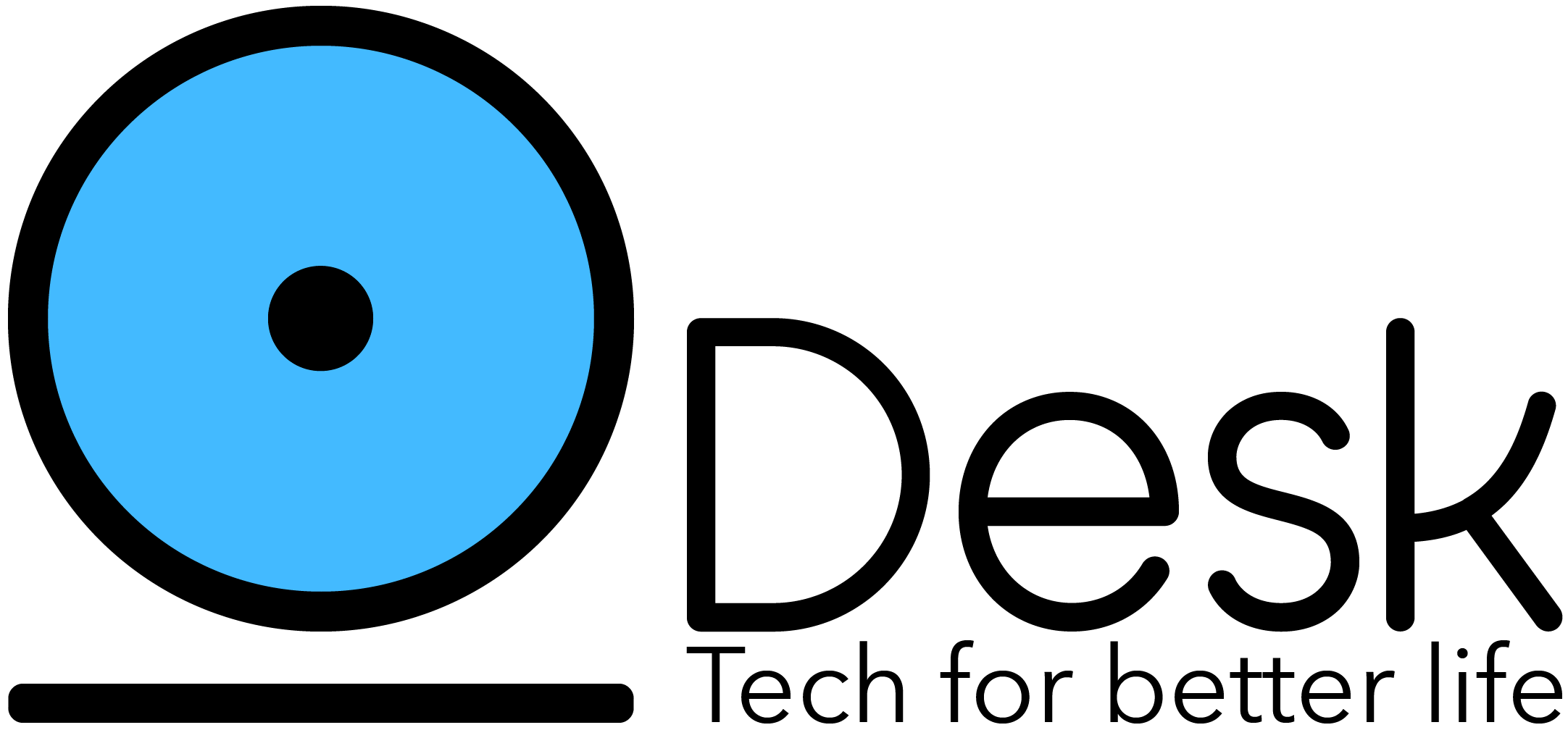What is the Difference between CI/CD and DevOps
An overview of CI/CD and DevOps
When it comes to software development, there are a variety of ideologies, practices, and workflows that can be applied. The aim for all software development teams is to be as efficient as possible and deliver a high-quality final product. Both DevOps and CI/CD (Continuous integration/continuous delivery) aim to do this. But what is CI/CD , and what is the difference between the two? Understanding the specific differences can be challenging, but we will elucidate them in this article.
Understanding DevOps
Firstly, let’s take a look at what DevOps entails. DevOps isn’t a single process or concept. Rather it is a culture that is based on following specific practices and processes, with certain technologies that help to make the software development process more streamlined. It aims to clear out inefficiencies throughout the process and to minimize wasted spending. You can think of DevOps as the unifier between development and operations teams. The priority is on the maintenance of a shared culture throughout different sectors of the production team.
It aims to cut down on excessive specializations and instead aims to merge roles to cut down specific barriers that may impede the process. This allows for a better understanding and for more effective collaboration between teams. Individuals in teams can have a better understanding of the full picture as a result, and find their tasks more meaningful to the end goal. The final result is higher quality software that can be delivered more quickly and effectively.
Understanding Continuous Integration & Continuous Delivery
Now that you have a better understanding of DevOps, you can see how CI/CD are related. CI/CD are actually two separate but linked concepts. Both of these concepts are based upon a ‘continuous’ practice whereby work is integrated frequently. CI is solely focused on software engineering and it involves teams that aim for continuous integration. Code changes are integrated into one source code repository that is shared with the team. This could be on a daily basis or even every few hours.
The aim is to be more efficient and to catch integration errors quickly. However, it can be expensive, and a lot of resources are usually required to maintain this approach. Therefore, CI places a specific focus on automating tasks. Building and testing is driven by these tools which reduce the load on the team. The goal of CI is to achieve a software-defined life cycle.
The process of CI is combined with CD which is continuous delivery. Rather than focusing on engineering, CD is focused on packaging and deploying the final product. The aim of CD is for teams to be able to build and configure software packages in a more lean and efficient manner. The focus is on minimizing costs through making the most out of automation, and on ensuring a higher quality product before deployment.
The combination of CI & CD allows teams to produce high-quality software more quickly which means more feedback can be provided, and changes can be implemented. CI/CD both focus on the incorporation of automation tools that help to define software life cycles.
The key reason to employ CI/CD into a workflow is to increase speed whilst also adding to the quality at the same time. Additionally, defects can be caught earlier, which results in a better final customer satisfaction rate.
Key Differences Between CI/CD and DevOps
Although many individuals often wonder how these are different, it is not right to directly compare them. There isn’t a choice between choosing one or another. Teams employing a DevOps culture can take advantage of adding both CI and CD to their processes. In fact, a DevOps mindset that is already embedded within an organization can be helpful for making sure that the practice of CI/CD is run successfully.
The aim of DevOps is to better combine the roles of dev and ops to achieve the same shared business goal. It is about clearing up business processes throughout various teams in an organization. CI/CD is aimed at more frequent deliveries that aim to get faster feedback from the end-user. Automation is important for both of these processes. We hope that this has cleared up any confusion for you.
How to Implement CI/CD within a DevOps Culture
Now, that you know the differences, you may want to learn more about what successful implementation looks like.DevOps and CI/CD can both help to significantly improve the effectiveness of software development teams, but it does take some work to get them fully implemented into a team.
The core benefits of implementing CI/CD into a DevOps framework is to get faster feedback to constantly improve the quality of bugs, and detect bugs far earlier. There are specific challenges to be aware of when it comes to adding this framework to your organization.
The first step entails the use of a CI/CD tool. This will be the main tool that controls and automates the other services/processes. It should be integrated with a source control management tool. This allows for easy collaboration with the source code. The CI/CD tools help to automate specific tasks involving the source code and makes collaboration between teams easier. An application server can be hosted on a virtual machine/server but containers tend to be a better option.
Summary
It should now be apparent that CI/CD and DevOps both strive to achieve the same goal in software development. The key difference is in the implementation of automation. You can think of DevOps as a wider culture that has specific practices to be applied. Whereas, CI/CD is a set of processes based upon continuous feedback.
Source: livecodestream






